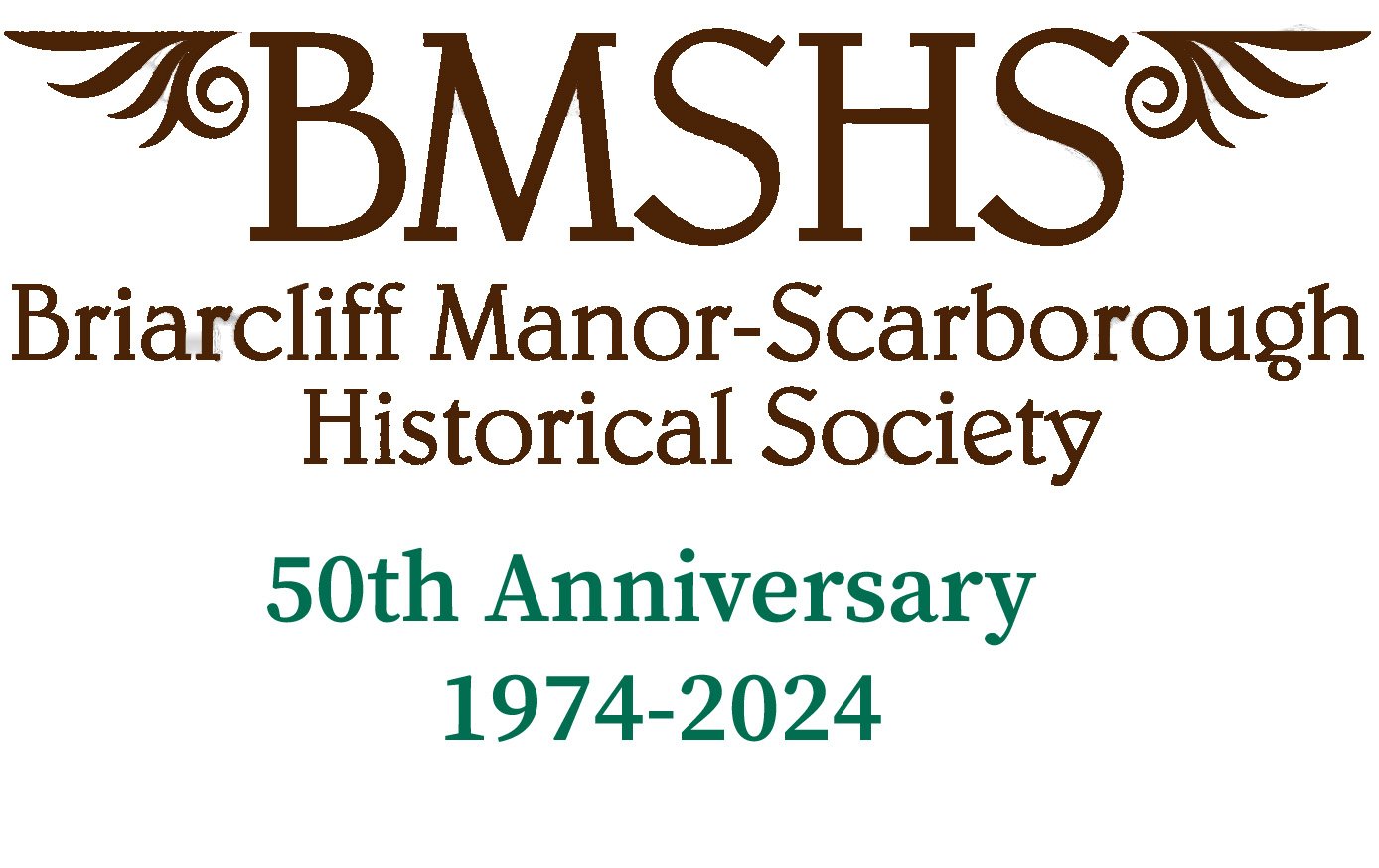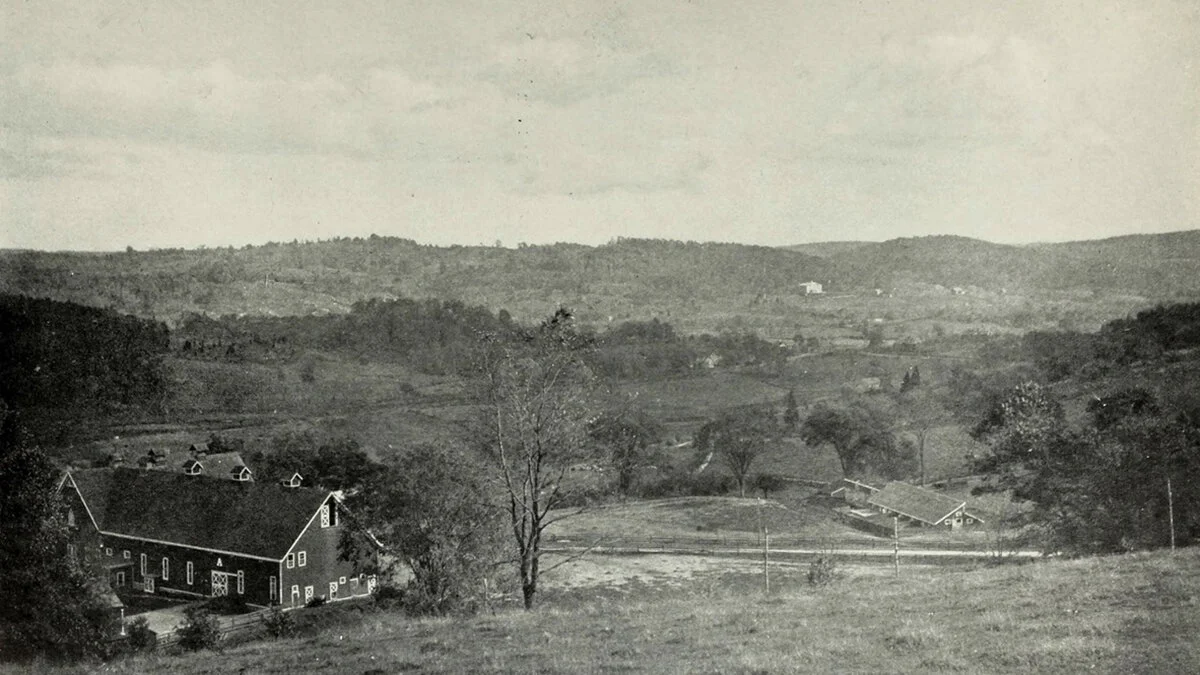1609
Henry Hudson takes the first recorded voyage up the Hudson river in the Half Moon. The river was first called the “North River” and later the “Hudson River”.
1664
The Dutch surrender to the English being exhausted by the Indian wars and being under pressure from expanding English settlements in Connecticut and Long Island. New Amsterdam becomes the Province of New York.
1670s-1680s
Frederick Philipse was Dutch, but the English takeover terms were liberal and Philipse maintains and increases his Patent (Estate). It is bordered by the Harlem River on the south; the Bronx River on the east; the Croton River on the north; and the Hudson River on the west – Estimated to be 250 square miles.
1775-1783
Revolutionary War. The land between the Harlem River dividing Manhattan from the Bronx and the Croton River is known as “Neutral Territory”. However, it was raided by cowboys and skinners, irregulars who stole and plundered from both sides.
1779
Frederick III, known as Colonel Philipse, choose to be loyal to the English Crown and forfeited all his property in North America with the Patriots won, Loyalists lost, Property is sold to men who had been tenant farmers – such as Whitson, Washburn, Bishop, Orser, Titlar and Todd in this area.
1820
Whitson’’s Corner established by John Whitson who built “The Crossways” at the corner of South State Road and Pleasantville Road. It serves as the first post office for the area.
1837
William Law is born, November 13, in Kidderminster, England (close to the border with Scotland). His family has been in the carpet business.
1839
St. Mary’s Episcopal Church of Scarborough is established and starts the first school in the area to educate children of the workers of the Croton Aqueduct.
1848
All Saints Episcopal Church is dedicated at the corner of Old Briarcliff Road and Scarborough Road.
1860
January 22; Law arrives in New York from England with business letters of introduction in his pocket and entered the firm of W.&J. Sloane in 1861.
1861-1891
Law works forty years managing the wholesale accounts for W.&J. Sloane, Manhattan Fine Furnishing as well as related carpet production of Alexander Smith Carpet Factory. He becomes a partner, relishes his work and is very successful.
1865
A one-room schoolhouse for local children, Whitson’s School, exists on Pleasantville Road (where it now intersects with 9A) with Paris Bowers as the only teacher.
1866
Law marries Georgiana Ransom. The family lives on Palisade Avenue in Yonkers and seven children are born between 1866 and 1880: Georgie, Carolyn, Walter W Jr, Edith, Arthur (who died as an infant), Henry and Martha.
1867
The Whitson School is painted white and then known as the White School with George Todd as teacher.
1875-1912
Long Hill Road School operates at Scarborough Corners
1881
Putnam Railroad finally operates from Highbridge to Brewster (had fits and starts since 1869). Train station is “Whitson’s Station” and the stationmaster and first postmaster is Charles Whitson.
1891
Law retires and makes his first land purchase, Briar Cliff Farm: 233 acres, from James Stillman, President of the National City Bank, and begins life in the Law Manor on Scarborough Road. Soon he has acquired 5,000 acres, including large tracts in Yorktown, Millwood and Pound Ridge. He becomes the largest landowner in Westchester County.
1893
Scarborough Presbyterian Church is dedicated at the corner of Albany Post Road and Scarborough Road.
1896
Briarcliff Congregational Church is built with funding provided by Walter Law. George Todd provides the stones used in its construction.
1898
Law devotes his energies towards the development of Briarcliff Farms. Operations expand to include 2,460 head of Jersey Cattle, 500 pigs,4,000 chickens, thoroughbred horses, and sheep. The farm employs up to 300 workers with six main barns and pastures spaced around the village. A spur of the Putnam railroad is built to transport produce to New York City.
1900
Milk and butter from Briarcliff Farms wins the Gold Medal at the Paris Exposition.
1901
Briarcliff Lodge, the ”Hotel Beautiful” opens on land that had been surveyed the year before by Law and the Olmstead Brothers.
1902
Law’s objective to incorporate his land as a “Village” is realized. He plans every detail and amenity, wants to capitalize on its natural bucolic assets and draw guests and residents who appreciate the opportunity to live there. His printing company creates postcards, pamphlets and newsletters to promote.
1903
Mrs Dow’s School for Young Women starts with first class in new building.
1905
Law replaces old train station with a beautiful new building. The station stop is renamed “Briarcliff Manor”.
1906
The first group of stores are built in “town” with apartments over the stores at the corner of Pleasantville Road and North State Road. There was a drugstore, a luncheonette and a general store.
1908
Briarcliff Trophy Automobile Race is run over a 30-mile course. Lewis Strang won; 240 miles raced under seven hours.
1909
New elementary school is built at 1125 Pleasantville Road. Known as the “Alamo” due to its design. Community Club takes over former school building.
1910
First US Census. Village population is 950.
1911
Sleepy Hollow Country Club opened in the building known as Woodlea, a grand residence designed by McKim, Mead & White that was originally built for Col and Mrs Elliot Shepard.
1913
Municipal Building dedicated. Fire Dept., Police and Village government.
1914
Briarcliff Public Library starts at the Community Club.
1918
Six acres of land at the corner of Pleasantville Road are dedicated as Liberty Park, later renamed Law Park.
1921
Henry Law, W.W.’s son, establishes the Briar Hills Country Club on the site of the old Briarcliff Lodge Golf Course. Theodore Law, W.W.’s grandson, directs the club until some years after WWII when it is sold and becomes Briar Hall Country Club. Site is now occupied by Trump National Golf & Country Club.
1926
St. Theresa’s Church is dedicated
1927
First public municipal swimming pool built in Westchester County is opened in Briarcliff.
1928
Briarcliff High School portion of the “Alamo” is completed.
1929
W.W. Law dies in Summerville, S.C. He and his family are buried in Woodlawn cemetery in the Bronx.
1933
Mrs. Dow’s School becomes Briarcliff Junior College.
1937
Briarcliff Lodge closes. Property purchased by Edgewood Park College.
1946
Law’s grandson, Theodore Law, finally gives permission to David Taddeo to open his Briarcliff Wines & Liquors, the first liquor store in the Village.
1952
Village’s 50th Anniversary is celebrated.
100th Anniversary Centennial is celebrated.
2003
Former Briarcliff Lodge burns to the ground.
2010
Law Park Pavilion is built in Law Park
2016
Memorial to Lieutenant (JG) John Kelvin Koelsch, Medal of Honor recipient for gallant service in Korea. The monument is located in Law Park.
Sint Sincks
Henry Hudson’s Half Moon
Frederick III
Whitson’’s Corner, “The Crossways”
All Saints Episcopal Church
William Law
The Whitson School
Briar Cliff Farm
Scarborough Presbyterian Church
Briarcliff Lodge, the ”Hotel Beautiful”
Old train station “Briarcliff Manor”.
New elementary school, known as the “Alamo”
Municipal Building
Briar Hills Country Club on the site of the old Briarcliff Lodge Golf Course.
Public municipal swimming pool
Briarcliff Lodge fire
Law Park Pavilion

